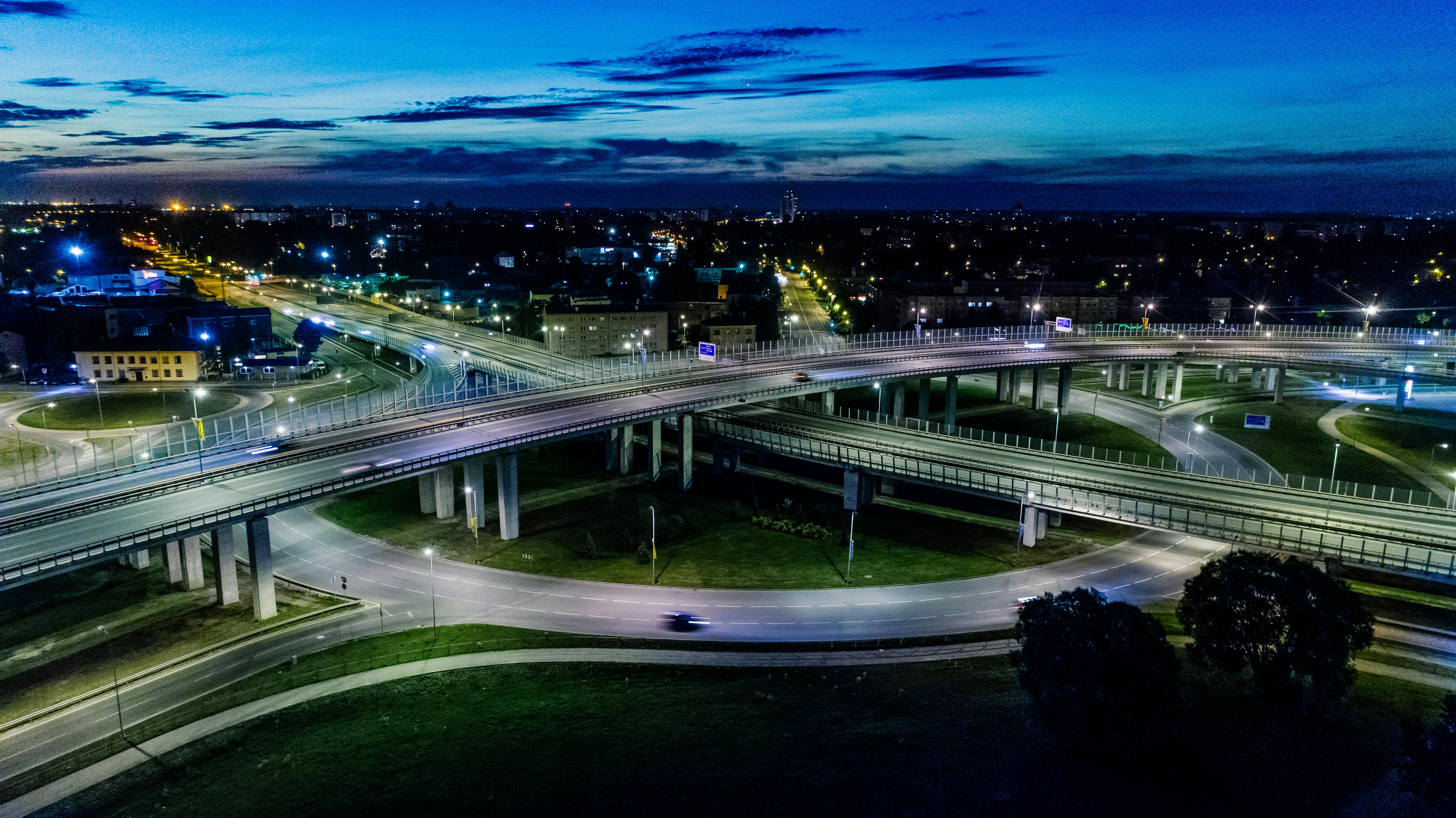Kayaking Cumberland Island, Georgia is truly the best kayaking on the Georgia coast. Cumberland Island has long been a destination for tourists seeking pristine beaches and classic maritime forest scenery; But for the past 15 years, kayaking to the island has become a must-do for paddlers from all over the world. The trip to Cumberland Island, however, is not for beginners; and even experts can find themselves Up The Creek if they don’t check the tides.
Tidal currents in the area are considerable and can be a double-edged sword. If you know what the tides do and work with them, tidal currents can make your trip a breeze. If you don’t pay attention to the tides, they could turn your trip into a nightmare. There is approximately a 6 to 10 foot tidal range along this part of the southeast coast; meaning that depending on the time of year and time of month, high tide can be 6 to 10 feet above low tide. That translates to a huge amount of water flowing in and out through these waterways every six hours. The result is tidal currents that can reach 6 knots or more! For reference, that’s a pretty respectable speed for a racer in a kayak built for racing.
So check the tides before you leave for the island, or before paddling anywhere within 20 miles of shore. With the tides in your favor, the trip to Cumberland can take anywhere from an hour and a half to a little over 4 hours, depending on your destination. From the boat launch at Crooked River State Park, the drive to Plum Orchard is about 6 miles and the drive to Sea Camp is closer to 9 miles. For campers seeking the solitude of Brickhill Bluff, the trip is about 12 miles (paddle the 6 miles to Plum Orchard, then 6 miles further up the Brickhill River to your campsite). With a 5-hour window of outgoing tidal currents (some time is lost traveling inshore), an experienced kayaker can easily reach any of these destinations.
To negotiate local tides in any area, you should contact a local expert or at the very least get a tide chart from a local vendor, fishing supply store, or bait shop. Along the coast, everything that happens on the water is affected by the tides in one way or another, so tide maps should be easy to find. After acquiring a tide chart, check the tide for the day you plan to paddle and then apply the correction factor for your entry and exit. The times listed on the chart will be calculated for the outside bar; but it takes about two hours for that water to reach the entry point at Crooked River State Park (the most popular starting point for paddlers heading to Cumberland). In other words, when kayaking to Cumberland Island, find high tide for your departure date and add two hours to that. You’ll want to leave shortly after high tide at Crooked River State Park and ride the falling tide to the island.
For the return trip, you’ll leave the island after low tide and ride the incoming tide, or flood tide, as it fills the estuarine system and draws water into Crooked River State Park, where you’ll want to get there BEFORE the next High Tide. If you don’t get back to Crooked River before High Tide, the tide will turn and the currents will reverse in the river as it empties into the Atlantic. Don’t think you can row against this current! You can not. Just imagine the Crooked River as a reversible treadmill that changes direction every 6 hours and rapidly accelerates to speeds that are unmanageable for rowers.
Along with the winds, the tidal currents in the Crooked River can sometimes create quite dramatic surface conditions that require advanced skills to negotiate. Make sure you’re up for a challenge and consult with local experts as you plan your trip to avoid mistakes that ruin your trip. Paddling to Cumberland Island is well worth the effort it takes to get it right, so check the tides and make sure you understand what the tides do before you embark, to ensure your trip starts and ends on a good note. .
